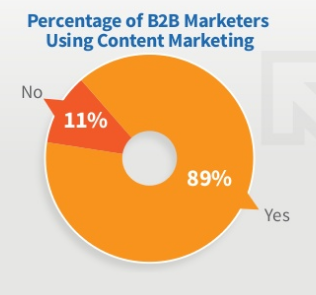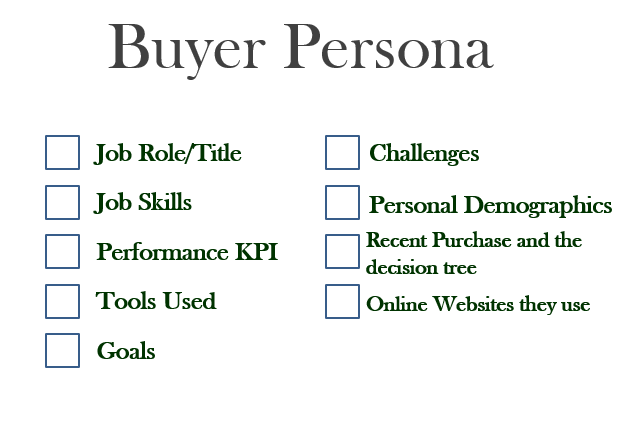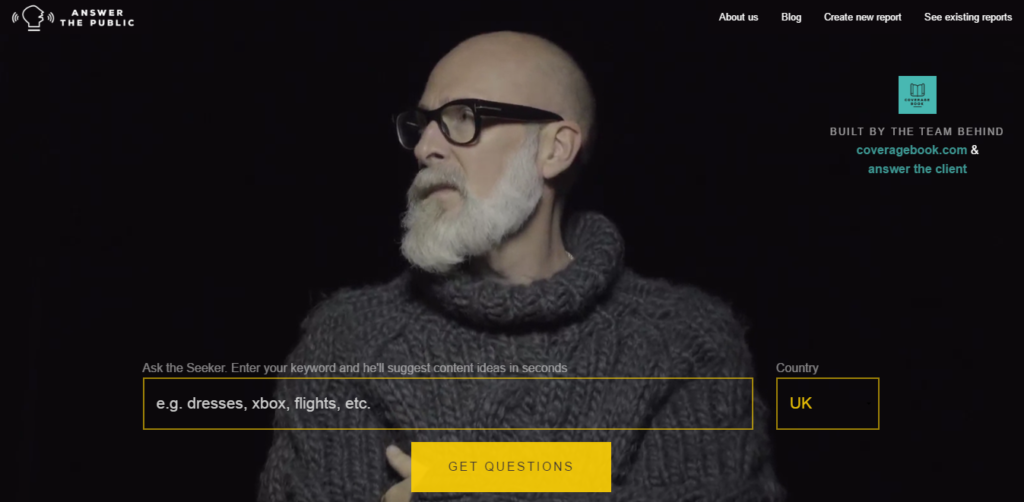Last updated on July 22nd, 2019
Let’s say you have set up a great SaaS start-up, you have got the website in place. Now, it’s time to sit back and let your online presence bring in the customers flowing to your business with a SaaS Marketing plan in place. But wait, what’s this? No traffic, nobody knows about you, nobody cares. But why? You did it all, you created a social media presence, you had a nice website, you had it all.
Did you invest in content marketing? That’s for bigger companies you say, that’s not within my budget. Well, we just want to tell you – it should be and it works!
Being a SaaS startup you offer services and you could be offering something already in the market – how are you different from the other? And if you are a unique start-up – are people even aware of the pain that you are helping them alleviate? Content helps you ‘arrive’ in the market area and gives you a little platform to address concerns and make your potential customer aware of the need-gaps and the solutions that are your services!
Content establishes a dialogue between you and your customers. It engages them, creates awareness and is a means of educating your potential customer base about not just your services, but also the benefits of opting for the same. This will also help you in directing a more targeted, intentioned and relevant audience traffic to your website.
Still not convinced? Let’s back this up with a few stats(CMI):
- 93% of B2B organizations are committed to content marketing.
- 85% B2B marketers believe creating quality content is the result of their success.
- 73% include content marketing plan as an ongoing business process and not just a campaign
Being a startup, SaaS marketing is important for you as you have to build a user base from scratch that too with limited budgets. Content marketing for startup will be vastly different from that of a big corporate or an enterprise. So follow these guidelines on how you should be using content marketing to improve your ROI.
1. Know your audience
You need to sit down with your stakeholders and define the exact kind of persona that will be a potential buying customer. Create this persona with human attributes and maybe give it a name. This exercise will help you determine the exact approach to your audience because defining the persona will define their voice. Once you have the voice in place, you know how to talk to them and thus engage them creatively. A thorough knowledge of your audience, in the beginning, will ensure a steady flow to your content strategy eventually, thereby creating a voice of your own. Below is the checklist for your Buyer Persona.
“Content creation doesn’t just end with writing it. There’s packaging, as well as a whole lot of thought put into distribution, so it reaches who we want it to reach” Sriram Krishnan, content marketer at Freshdesk. It is an audience-centric approach, and today they are the industry leaders, whose opinion is heard and valued. Knowing your audiences is the first step towards creating a robust strategy.
2. Know your customer’s pain
You apparently have created a business model around a particular need identified in your target audience. But, have you reached out and asked them about their pain? This is where the importance of feedback comes into play; you cannot go to everyone physically so you create ways to ask your audience about their experience. At every point in your growth, you need to maintain a feedback-oriented relationship with your readers and customers.
Audience feedback helps you enhance your content, your service, and your credibility. Inculcating your customers’ feedback within your content will engage new readers and please the regulars because they are being heard.
“Once the leads are generated, we create personalised mails which focus on the customer. Even if the customer does not switch, we get brownie points for the email. When he or she becomes unhappy with the current provider, that’s when he or she will think of us.” – Girish Mathrubootham, CEO at Freshdesk.
It is this approach which leads to a thought process that involves caring and support; it is not an obvious grab for sales or a push to convert, a simple email that tells your customer that you are there. Often in times of need, you will be remembered and contacted.
3. Know your Keyword search
Isolate a list of words that will be central to your start-up coming up in searches. Keywords and following questions and string searches can be the vital component to your content being ranked higher in the searches and therefore needs to be well planned. This research will help you gain insight into the mindset of your target audience and help you understand your consumers better.
Answer the public, a platform that asks for the keywords and lists down the questions people are asking about it. You can also use Uber Suggest to do your keyword research effectively.
4. Know your value proposition
Once you have figured out your reading audience and the kind of questions they look to ask or solve, you need to understand now what value you will be adding to their lives.
Content gives you a means to start a conversation with an idly curious reader and helps you hold his hand till he is convinced of your importance. This will create your value proposition in the content strategy. Once the relationship has been established, you can proceed to educate your audience with the services that you provide.
A small example would be that an online investment start-up will not immediately talk about their tools and their benefits to the common user. Instead, they will start conversations via blogs and interesting articles and talk about the common mistakes people make while investing, the basic fears of a working woman regarding investments and how to overcome them, etc. i.e. adding value to the user by imparting ideas and useful tricks thereby educating them about alleviating their pain. This instantly creates interest and curiosity to know more. Once readership is established, the startup’s credibility increases by leaps and bounds, which in turn translates into the conversion of idle traffic into serious customers.
Agile CRM is one of the SaaS companies that are focussed on building better customer relationships for their clients, and they talk about opportunities to utilise local experts and therefore expand your local presence.
Use content marketing resources,identify your influencers and create a network with them sharing your value proposition without selling it. Help them understand your vision and urge them to endorse you on their social platforms. This will, in turn, help you get the right kind of attention.
5. Know your content
Finally, let us talk about the most important element of your content strategy – content itself! It is often that start-ups invest in SaaS marketing and sales teams, analysts with big excel sheets and men with power suits making presentations on how to make a company grow.
Often a content writer is written off as a frivolous expense, and unknowingly you might find yourself at the losing end of a sinking deal. We have already established that content is crucial to creating a bond with your prospective customers and have your voice heard. So, while investing in a good marketing strategy and the team is not a bad idea, you should save a part of your budget for a decent writer. Let us explain why.
You are the subject matter expert on the services you provide, and therefore you know the business inside-out and are the best person to explain what your company does. But, we often forget that when we are experts at something, we tend to load up our vocabulary on jargon and technical definitions which might come across as Greek to someone else.
Here, a good content writer will take your ideas, your value proposition, and your vision, and create content that is simple to understand and easy to read through. As stakeholders in the startup, you and your team will be more inclined towards a conversation with investors or prospective employees. We often end up explaining the pain areas, the solutions we provide and the efforts we put in to maintain a balanced approach in our fields; but it is the language of the consumer that we need to focus on. Here it is very important that we realise that to get through to our reader, we need to speak his language and engage him duly. This is why it is important to know your content, not regarding technicalities but rather the packaging and language of your strategy.
- Aishwarya Hariharan of Freshdesk says that she was a software developer before trying a hand as a Marketing Intern here. She was surprised when she immediately got the job even though she was a fresher applying for it. She talks about the importance of fresh ideas and the capability of “spinning a yarn” from even the most mundane of chores/tasks. It is the potential to create something readable and interesting from a technical aspect that jazzes up the readability quotient of their content.
- Mukul Kumar, Co-founder and senior VP at Pubmatic says that everyone in the initial days of a SaaS start-up is the sales team, “Don’t make a hard sale and talk just about your product”. He talks about understanding the pain of the customers and finding ways of adding value to their life. It is the top most priority of any SaaS start-up to create an environment of knowledge and support before sales.
We hope that these guidelines will start you off on a well thought out SaaS marketing strategy. As a B2B start-up ourselves, we realise the importance of creating a strong connect with our current and prospective customers. Content marketing might not be an investment which yields immediate returns, but we believe that it is of essence that it should be a vital part of your marketing strategy.











